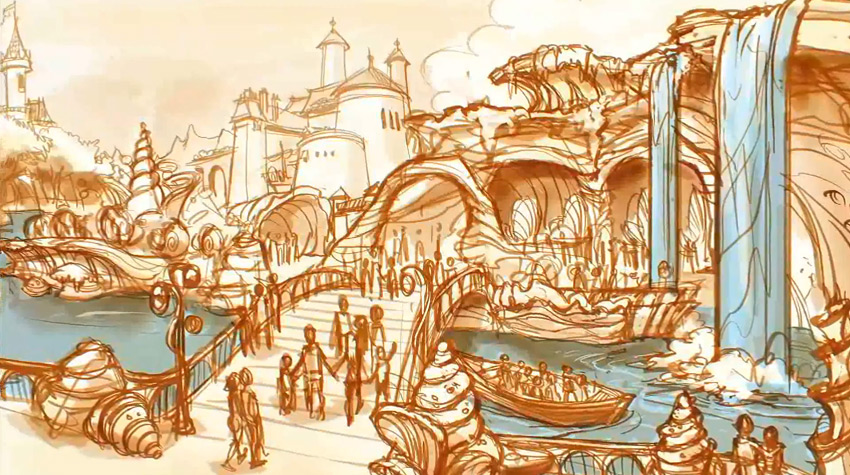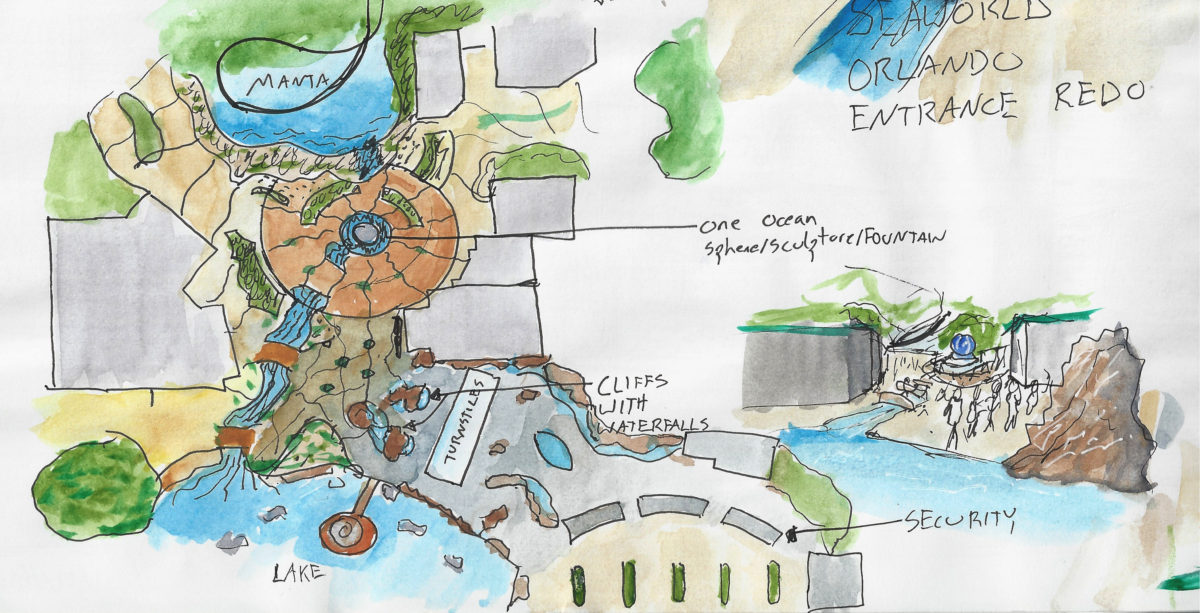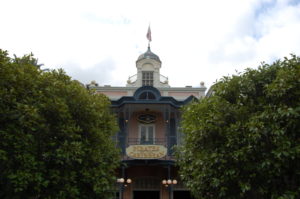It seems there was a time during the 90s and 00s when no ride could open without us, the guest, being thrust on some mission we didn’t know we were there for. On Dinosaur we were co-opted into rescuing some rosetta stone of a reptile, on Spider-Man thrust into reporting on a man with a levitation-fetish, unwilling science experiments on the Hulk, Alien Rescuers in ET, substituting for crash test dummies on Test Track. Or else we were tourists. Touring an old hotel, touring the galaxy, touring a movie studio, touring some institute, touring an ancient temple – no not of the Forbidden Eye, of Poseidon, touring touring touring. (For a list of exhaustive tropes, including these check out Passport to Dreams). The goal here is admirable. The landscape of themed entertainment was changing bringing with it a new breed of attraction where the audience isn’t just an audience anymore but an active participant in the story.
However there’s a problem with this and it centers around the concept of cognitive dissonance: when your mind has to hold two contradicting ideas as both true. When an experience asks you to role play, it asks you to put aside your own internal thoughts, feelings, and motivations, and substitute them with what it provides. Generally this doesn’t work out very well in any medium, but it’s particularly difficult in themed entertainment because your own internal thoughts, feelings, and experience are so central to the entire endeavor. Designers often made the mistake of telling stories about us instead of about the worlds we were in. And stories about ourselves that did not and could not mesh with the experiences they were providing.
Continue reading “Only You Guys are Going on This Special Mission”





